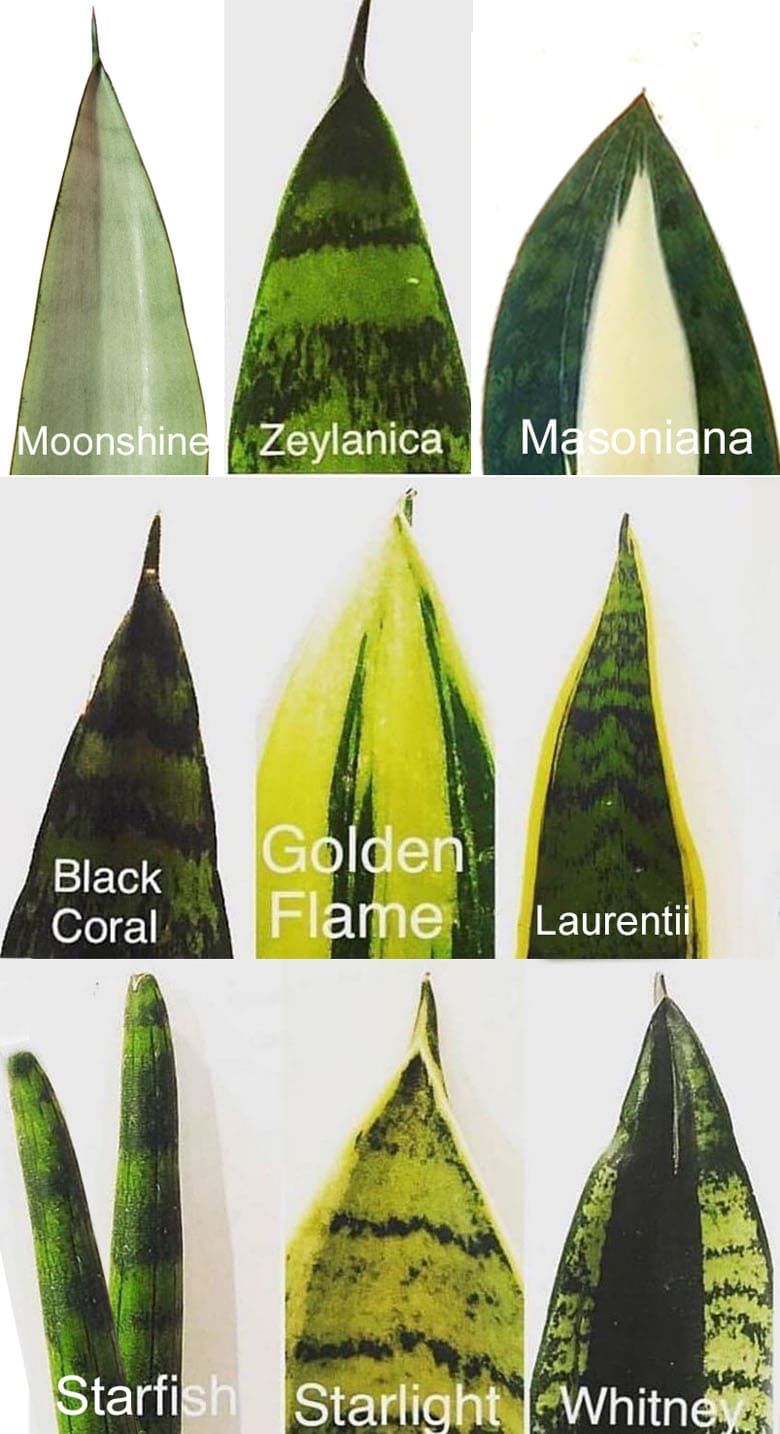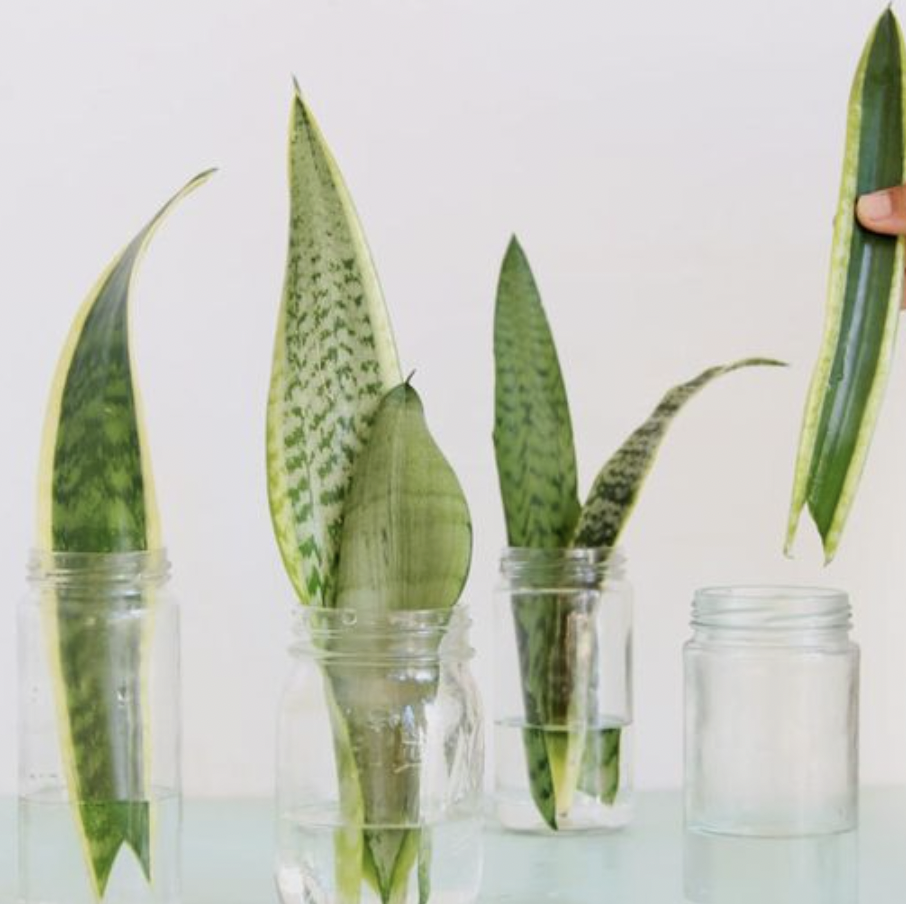Introduction
Snakes are fascinating creatures, and snake plants, or Sansevieria, are no exception. With their striking appearance and low maintenance needs, they're a popular choice for both indoor and outdoor gardens. However, despite their ease of care, snake plants do require a few basic necessities to thrive, and it's important to know how to care for them properly. This guide will provide you with all the information you need to keep your snake plant healthy and thriving for years to come.
Watering
One of the most important things to remember when caring for your snake plant is to not over-water it. Snake plants are succulents, which means that they store water in their leaves, and too much water can lead to root rot. A good rule of thumb is to wait until the soil has completely dried out before watering your snake plant again. In general, snake plants only need to be watered once a week.

Light
Another key aspect of snake plant care is providing the right amount of light. Snake plants can survive in a wide range of lighting conditions, but they do best in bright, indirect light. Avoid putting your snake plant in direct sunlight, as this can scorch the leaves. If you're growing your snake plant indoors, place it near a sunny window.
Soil
Snake plants are also particular about the soil they're grown in. A well-draining cactus or succulent potting mix is ideal, as it will prevent water from getting trapped in the soil and causing root rot. Additionally, snake plants do best in containers with ample drainage holes, to ensure that excess water can escape.

Temperature
Snakes plants are native to Africa and are used to hot, dry conditions. They prefer temperatures between 60-85°F and do not like cold drafts. Keep your snake plant away from air conditioning and heating vents, and avoid placing it near windows during the winter.
Fertilizing
While snake plants are low-maintenance, they do benefit from occasional fertilization. Use a cactus or succulent fertilizer, and apply it once a month during the growing season (spring and summer).

Repotting
Snakes plants will eventually outgrow their containers and need to be repotted. The best time to do this is in the spring, before the plant begins its active growing season. Choose a container that is one size larger than the previous one, and make sure it has adequate drainage holes. Fill the bottom of the pot with a layer of gravel to help with drainage, then add a high-quality cactus or succulent potting mix. Gently remove the snake plant from its old container, taking care to preserve as much of the root system as possible. Place the plant in the new container and backfill with potting mix around the roots. Water thoroughly and allow the soil to settle.
Propagation
Snakes plants are easy to propagate, and it can be done through division or cuttings. To divide your snake plant, gently remove it from its container and separate the offsets (small plants growing around the base of the mother plant). Replant each offset in its own container, and water thoroughly. To propagate through cuttings, simply cut a leaf into pieces and allow it to callous over for a few days. Once the cuttings have calloused, plant them in a well-draining potting mix. Keep the soil moist, but not too wet, and keep in bright, indirect light. In a few weeks, roots should start to develop and new growth will emerge.

Common Problems
While snake plants are generally low-maintenance, they can sometimes experience problems. Some common issues include yellowing leaves, brown tips, and root rot. Yellowing leaves can be a sign of overwatering, while brown tips can be caused by dry air or too much direct sunlight. Root rot is a serious problem that can be caused by poor drainage or too much water. If you suspect root rot, remove the plant from its container and examine the roots. If they are soft and mushy, cut away any damaged roots and repot the plant in fresh, well-draining potting mix.
Conclusion
Snakes plants are a versatile and beautiful addition to any home or garden. By following the guidelines outlined in this guide, you can ensure that your snake plant remains healthy and thrives for years to come. Whether you're a seasoned plant owner or a beginner, these tips will help you provide the best care possible for your snake plant. With their striking appearance and low-maintenance needs, snake plants are sure to be a valued member of your indoor or outdoor garden.
More interesting articles for your attention:
Carnations perennial in the garden, planting and care
